Two of the more recognizable butterflies of the northeastern United States were kindly enough to pause in front of my camera lens of late, the Monarch Butterfly (Danaus plexippus) and the Eastern Tiger Swallowtail (Papilio glaucus). Both are bigger butterflies than the skippers I’ve recently seen, and both are strikingly colored and rather common, but, nonetheless, a trill to see. The monarchs have been starting their migration south to Mexico and, as usual, are moving down the coast in numbers. The swallowtails are seemingly present wherever wildflowers are in bloom: in the case of the one photographed here the swallowtail was at Forest Park’s reclamation pond.
male Eastern Tiger Swallowtail
The swallowtail was easily identified as a male because it lacks the extensive blue on the hindwing border that the female shows (some females have black wings but that is much more likely further south). The Eastern Tiger Swallowtail occurs, not surprisingly, across the eastern United States and down into Mexico. Further north the Canadian Tiger Swallowtail, a slightly smaller lookalike species occurs and to the west one finds the Western Tiger Swallowtail (it is nice that the names actually help with the swallowtails!).
Monarch Butterflies are a pretty well-known butterfly and I think that they have been featured on enough nature shows and in enough science classes that they really need no introduction. The pictures here were taken on a recent visit to Jamaica Bay. Remember, the orange coloration is a warning to predators that the butterfly has eaten lots of milkweed as a caterpillar and is therefore not good to eat.
And my next post will be about birds, I promise, which is really the least I should promise considering that this is a bird blog and this is my third consecutive post featuring insects…I hope you’ve enjoyed the run of bugs though!


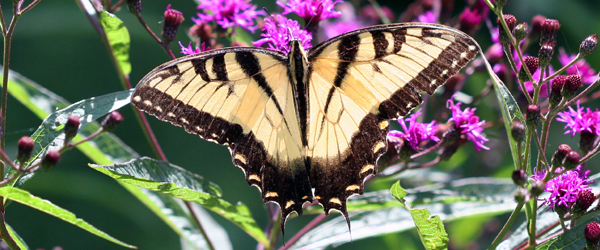
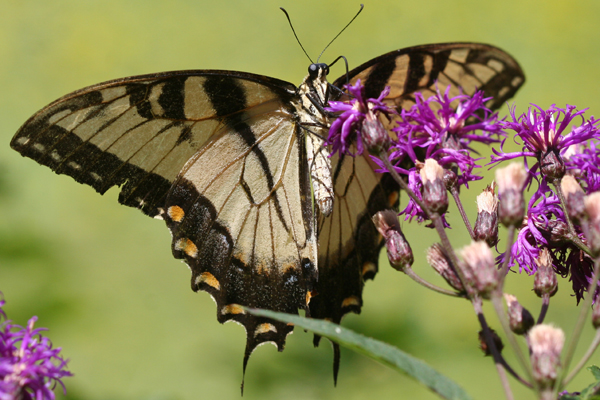
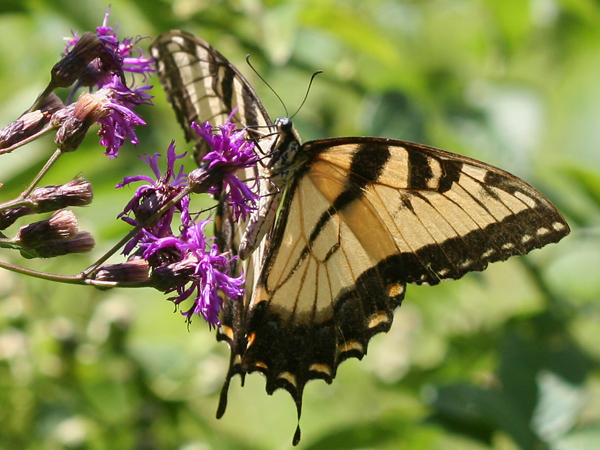

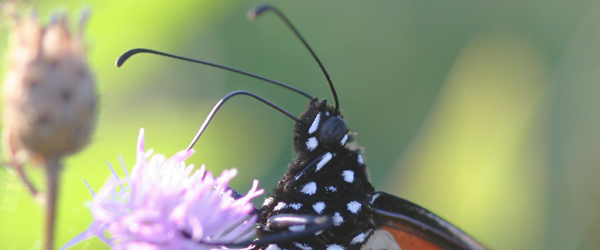
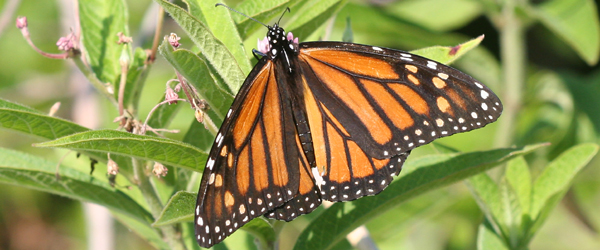




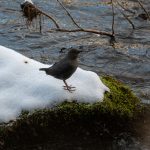

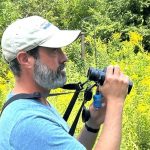




Well – they fly, too! Don’t they? 😉 Good shots, Corey!
Cheers, Klaus
Thank you for the info on the male vrs female tiger swallowtail. I can go back and look at my photos. I think bird watching naturally leads to other wildlife watching. I’ve only been birding since 2004. Thank you for the kind comments on my blog. Western New Yorker